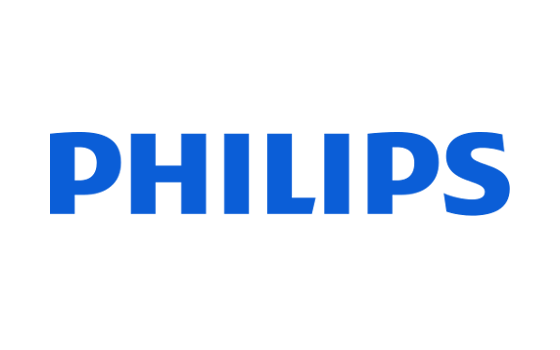 Royal Philips (NYSE: PHG, AEX: PHIA), a global leader in health technology, announced the launch of Ultrasound Workspace [OLK1] at the American College of Cardiology's Annual Scientific Session & Expo (ACC 2022). Philips Ultrasound Workspace [1] is an industry leading vendor-neutral echocardiography image analysis and reporting solution that can be accessed remotely via a browser. Clinicians can now leverage seamless diagnostic workflows from the ultrasound exam room to the reporting room and beyond, wherever echocardiography data needs to be reviewed and analyzed.
Royal Philips (NYSE: PHG, AEX: PHIA), a global leader in health technology, announced the launch of Ultrasound Workspace [OLK1] at the American College of Cardiology's Annual Scientific Session & Expo (ACC 2022). Philips Ultrasound Workspace [1] is an industry leading vendor-neutral echocardiography image analysis and reporting solution that can be accessed remotely via a browser. Clinicians can now leverage seamless diagnostic workflows from the ultrasound exam room to the reporting room and beyond, wherever echocardiography data needs to be reviewed and analyzed.
By offering cardiologists a consistent set of on and off cart AI-driven image analysis and quantification tools, this next-generation echocardiography solution helps to improve productivity and consistency while also enhancing diagnostic quality. Access to archived legacy data, combined with off cart vendor neutral analysis capabilities, further enhances consistent quantification across all echo labs at all locations.
"With its new remote, browser-based accessibility, Philips Ultrasound Workspace is the first advanced vendor-neutral 2D/3D echocardiography viewing, analysis, and reporting system that extends the superior user experience of Philips' cardiac ultrasound system EPIQ CVx into multiple connected environments," said Jeff Cohen, General Manager of Ultrasound at Philips. "We have combined the power of AI with deep clinical knowledge to create a solution that integrates into the workflows of healthcare providers to help drive efficient clinical decision-making. With Ultrasound Workspace, our customers can experience a whole new world of echocardiography workflow to help improve both the patient and staff experience."
Irrespective of location [2], with Ultrasound Workspace, the same user interface and AI-enabled image analysis and quantification tools are now accessible to help speed up quantitative measurements such as left ventricular ejection fraction, increase diagnostic confidence, and improve inter-observer and intra-observer consistency. In addition to extending the user experience of Philips’ Ultrasound System - EPIQ CVx - Ultrasound Workspace also features vendor-neutral application and data source capabilities.
"Philips has been instrumental in moving the field of 3D echocardiography forward. Their software, which is consistently developed with input from physicians, has been a true help for the echo community in general," said Roberto M. Lang, MD, Director, Noninvasive Cardiac Imaging Laboratories at University of Chicago Medical Center, who has published multiple papers on the use of AI and machine learning in echocardiography.
Philips Ultrasound Workspace is a holistic, scalable, cardiovascular viewing, analysis and reporting system that enables greater efficiency by giving care teams the flexibility to adopt workflows based on their individual needs. Leveraging AI for speed and diagnostic confidence and capable of analyzing vendor-agnostic data, it offers an agile technology platform, flexible licensing for small- to large-scale organizations, and comprehensive application support. It also incorporates quality assessment capabilities on American Society of Echocardiography (ASE) and Intersocietal Accreditation Commission (IAC) standards. Ultrasound Workspace can be deployed either stand-alone or deeply integrated into PACS and EMR echocardiography reading workflows.
About Royal Philips
Royal Philips (NYSE: PHG, AEX: PHIA) is a leading health technology company focused on improving people's health and well-being, and enabling better outcomes across the health continuum - from healthy living and prevention, to diagnosis, treatment and home care. Philips leverages advanced technology and deep clinical and consumer insights to deliver integrated solutions. Headquartered in the Netherlands, the company is a leader in diagnostic imaging, image-guided therapy, patient monitoring and health informatics, as well as in consumer health and home care. Philips generated 2021 sales of EUR 17.2 billion and employs approximately 78,000 employees with sales and services in more than 100 countries.
1. Ultrasound Workspace is the commercial name of TOMTEC-ARENA software developed by TOMTEC Imaging Systems GmbH - a company that Philips acquired in 2017. Ultrasound Workspace replaces Philips' existing QLAB cardiovascular ultrasound quantification software. TOMTEC-ARENA is a trademark of TOMTEC Imaging Systems GmbH.
2. Remote access requires a secure VPN connection.